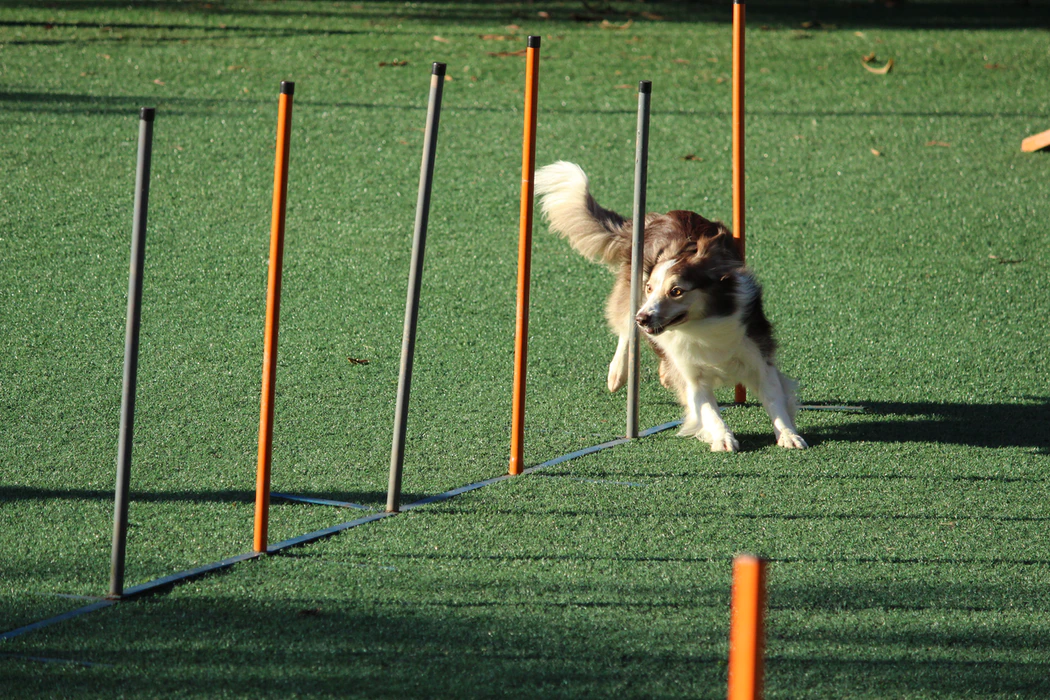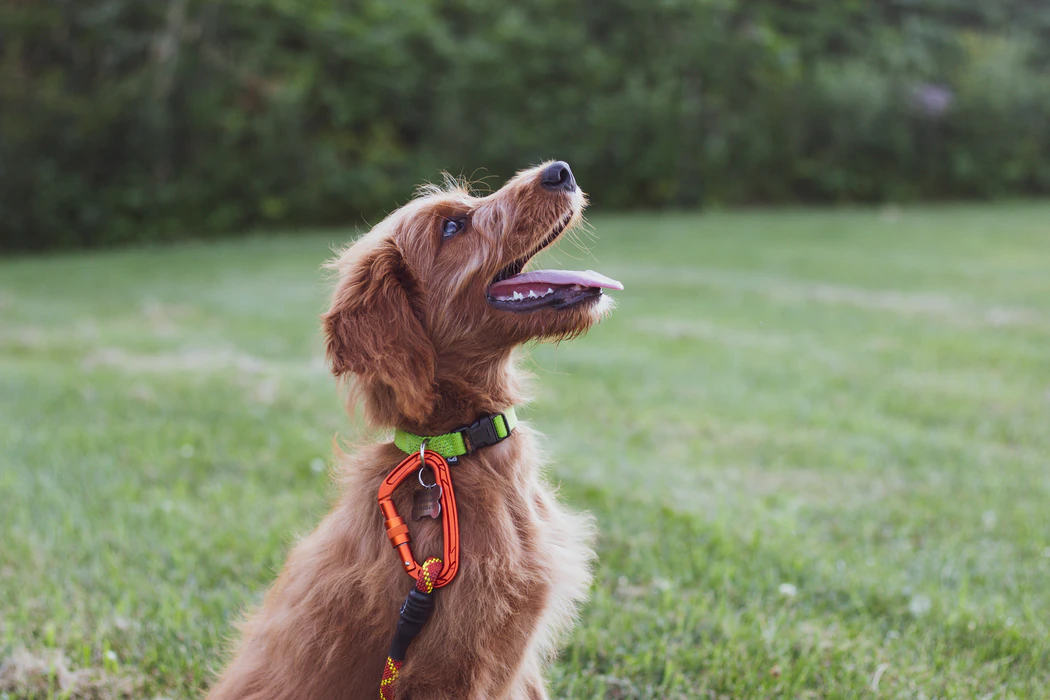Contributing Writer: Chan Choy Yu
 You’ve heard of dog obedience training, but what about dog agility training? A sport in which a handler directs a dog through a variety of obstacles such as tunnels, tire jumps, and weave poles, agility training is typically for competitive or show dogs and is increasingly popular for household pets today, for good reasons.
You’ve heard of dog obedience training, but what about dog agility training? A sport in which a handler directs a dog through a variety of obstacles such as tunnels, tire jumps, and weave poles, agility training is typically for competitive or show dogs and is increasingly popular for household pets today, for good reasons.
Benefits galore

Rewarding for both dog and owner, dog agility training is actually a fantastic way to bond with your pet, clock in the exercise both you and your pooch need, and many more! Here’s a deeper dive into the various benefits:
1. Provides exercise for the brain and body
Agility training involves plenty of motor skills such as running, jumping, and balancing, as well as a lot of thinking on your pet’s part. This will help to keep your dog fit, prevent obesity (read why this is important here!), increase endurance, and strengthen its muscles to support its joints, as well as train your pooch’s brain to solve problems! It’s also a great way to help your dog expend energy, which is especially useful for big dogs and dogs who do not have a backyard to run around in daily.
Of course, agility training will also help to keep the hoomans in shape! While you won’t be crawling through tunnels and jumping through hoops, you will be constantly moving alongside your dog and making split-second decisions to help Fido clock the best time possible while staying on course, so you get some mental stimulation as well.
2. Fulfils your dog’s instincts

Source: Murilo Viviani on Unsplash
Though our furry friends have been domesticated to enjoy life by our side, it’s undeniable that their natural hunting instincts remain within them. Unfortunately, these instincts are hardly exercised because we provide for all their needs, which may lead to pent-up energy and desires, like straining on a leash to run after a squirrel.
Agility training is a controlled environment designed to mimic natural scenarios that simulate chasing and hunting — think running after prey, squeezing through small spaces, and jumping over logs and boulders. By undergoing agility training, your dog’s hunting instincts will be harnessed and redirected to a safe environment, and will boost to your pet’s emotional health!
3. Bonds dog and owner
Another great thing about agility training is that it improves the communication between dog and owner, plus strengthens the bond shared between the two. This is because while dogs are brilliant, intelligent critters, they still require their owner’s help to guide them through the obstacle course via verbal cues and hand signals.
Likewise, owners have to believe that their dogs will step up and follow their lead, and as this co-dependence grows, so will their trust and bond deepen. If you’re interested to know how attached you and your pet are, take this fun little quiz here!
4. Builds your pup’s confidence

Source: Andrea Lightfoot on Unsplash
As your pooch overcomes obstacles in the agility course, it will naturally gain more confidence off the course. Unusual surfaces, small or confined spaces, and moving away from their owners are typical fears of most dogs, but agility training will kick that all to the curb!
Plus, since your dog has had the experience of you leading it across these obstacles safely, it will have trust in you that you will do the same for all obstacles outside of the course, which further increases its confidence level in the outside world. The result is a calmer, less skittish pooch!
5. Strengthen Fido’s self-control
Agility training courses are usually held with a group of other dog-students, so every dog is expected to wait in turn calmly when others are using the equipment. The dog is also required to focus its attention solely on the course and its owner instead of being distracted by other canines, and this serves as great practice to instil self-control and discipline in it!
Is your dog ready for dog agility training?

So far, dog agility training sounds amazing and you might be thinking, “Well, what are we waiting for? Let’s go sign up!”
But before you do so, you have to know that because agility training can be a strenuous challenge, it might not be suitable for all dogs just yet. To know if your dog can take on this exercise immediately, consider these first:
Is your dog physically fit?
Since agility training involves a lot of running and jumping, a healthy heart and joints are a must avoid accidents or aggravating existing conditions. It is best to have your vet perform a full-body medical check-up on your dog (no matter how young) and advise if it’s alright for your pet to try its paw at agility training!
What is your dog’s temperament?
Unlike personal obedience training in the privacy of your own home, agility training will more often than not take place in a shared enclosure. Make sure that your dog is comfortable around new dogs and new people before you sign yourselves up for a dog agility training course, or you will have a hard time and may even end up hindering others!
If you have a dog who is shy and needs its own space, we recommend searching for a private training session or enquire if you can book the entire course for a time period instead.
What motivates your dog best?
Agility training will definitely require hard work. Know what motivates your dog best will help you get through tough spots immensely, especially if your dog is not one who thrives on challenges. Be it verbal praise, treats, or its favourite toy, work it out before you start the training!
Spice up your dog’s life with agility

Source: Reed Shepherd on Unsplash
If your dog checks all the boxes required for agility training, congratulations! You and your pooch now have a brand new world of exercise and fun to explore, and while it may not be a must-do for all, it is definitely a way to make Fido healthier and happier, with a more enriched life.

